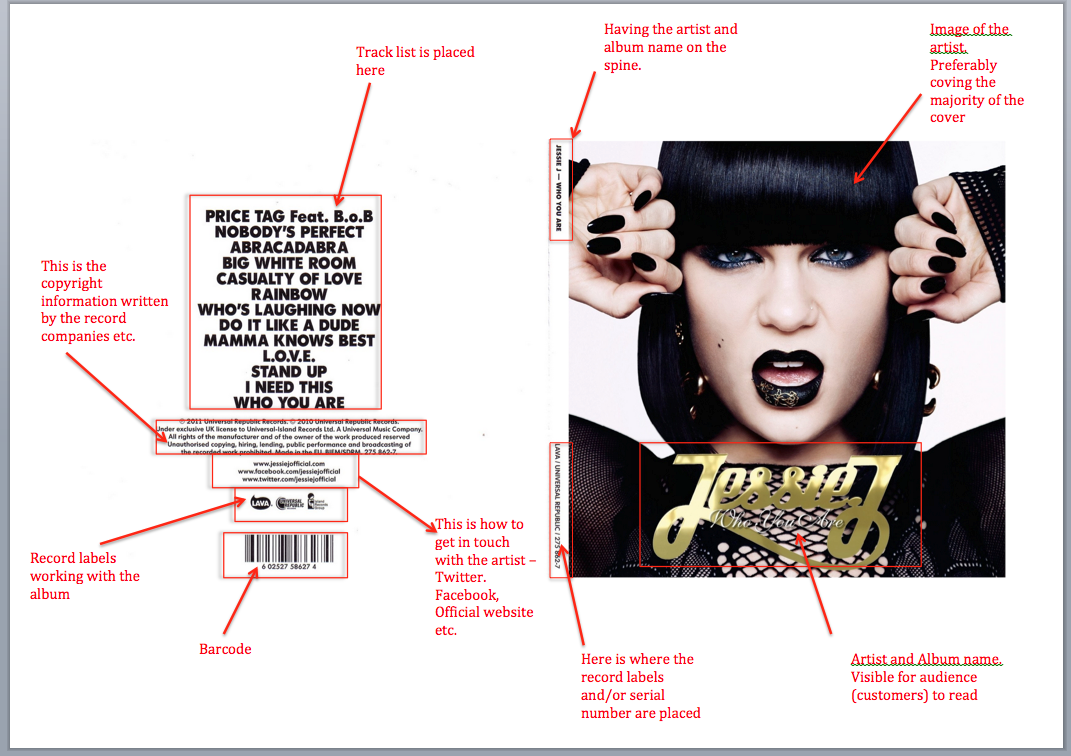Goodwin also mentioned how music videos may go beyond the original meaning. Sometimes the video provides visual pleasure promoting the music and sometimes the videos may be promoting other commodities such as film. So with that being said, there are three types of relations between songs and videos. These are Illustration, Amplification and Disjuncture. My group followed the relation of Disjuncture because the video has very little connection with the lyrics.
Carol Vernallis focuses on the editing and the camerawork closely in music videos. She noticed that the edits come frequently than in films and they seem to have a rhythmic basis connected to the song. These edits may be obvious to draw the attention to the artist(s) such as the special effects that have been added, or the jump cuts. This could also consist of base tracks being frequently used to give a structure and/or the camera moving in time with the music. I feel that my media product has followed these points because there were frequent base tracks that came frequently and also have repeated shots to draw attention to the artist. For special effects we had slow motions on the movement of the artist(s) during the performance and fast-paced editing.
Here are some examples of videos that influenced the media product that was produced:
In this video there are varieties of special effects to show the emotions in which the artist is feeling. Also in relation to the the song and its video, this is disjuncture - linking to our music video. when it comes to the camerawork, from this video, it allows to see the artist in different ways and helps understand the storyline.
Here is an example from our music video with these edits and cameraworks mentioned:
Another music video that helped influence our music video was the original video for 'Forgiveness'.
In this video we mostly focus on the camera angles. There are shots where they've been taken from behind or the side view of the artist walking into a particular location. This shows body language and makes us think about how they might be feeling or thinking about when walking into the location.
Here is the example from our music video:
Ancillary products:
Digipak
Here is a digipak from an artist that i have analysed to show the conventions. This helps to know where the features should be positioned.
I feel that I have followed the conventions of a digipak because I have put the features in the correct places they should be in. The name of the artist has been put in where I thought had to much space to this was easier for the audience to read it and know who the artist is straight away. The picture I have chosen fits the majority of the front to show that the focus is on them. I made sure to write add the Record label information and its copyright regulations. I also made sure that I had the artist name and album title on the spine along with the serial number and having this makes the digipak appear legit. The track list being in the centre makes it easy for people to read and gives a more sophisticated look.
As for the inside panels, much could not be done. I just had to make sure that I had a picture of the artist and the name and album title on the CD.
Advert
Here is an advert that I have analysed. The advert helps to promote the artist and their album because there is a link between the album cover and the picture on the advert. Having these logos show that this is where the album is available. The album name, artist name and the artist's picture all have to be obvious for the audience to see.
Here we have my advertisement following the conventions. i feel that i have all the features that an advert consists of. For example, the ratings from relevant magazines, when and where the album is available and how to connect with the artist.





No comments:
Post a Comment